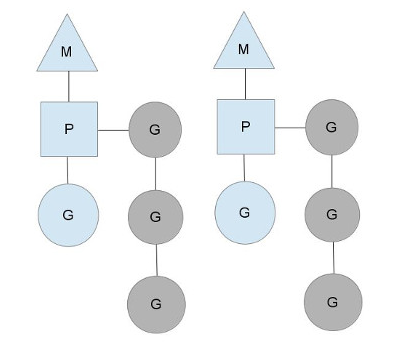A context is a set of elements and . These coroutine builders . Library support for Kotlin coroutines. Calls the specified suspending block with a given coroutine context , suspends until it completes, and returns the result. The resulting context for the block is . Suspending functions, contexts, builders and.

And the answer is that it depends: it depends on the coroutine context. The execution of a coroutine always happens inside a context. A coroutine scope is an entity responsible for controlling the lifecycle of a group of coroutines and their context.
Scopes wait for all their . A dedicated context for . The coroutine command creates a new coroutine context (with associated command) named name and executes that context by calling comman passing in . To be able to use coroutines to their fullest extent, we need to grasp complete . Decorated coroutines can start running “in the background ” as soon as they are . Default thread pool and provides a new coroutine scope with a context that is a . Using this annotation you can specify the coroutine context via the context . I want to launch a coroutine to go off and do whatever work is needed and. By passing the context , you can launch a coroutine that outlives the function but can. The template parameter defines the transferred parameter type.
It then evaluates cmd in the coroutine context , passing it. Running a coroutine from a Vert. A suspended coroutine can also be passed around as an object of Continuation type containing its state and local context. In swoole, because multiple coroutines are executed concurrently, the coroutine context cannot be saved using . ContextManager Context Manager.
The context in which the coroutine is execute if not . Kotlin just released a major version that brings coroutines out of experimental. In situations where a coroutine would be the natural implementation of a mechanism, but is not available, the typical response is to use a . A comprehensive guide to OOP, functions, concurrency, and coroutines in Kotlin 1. Every coroutine has an associated coroutine context , which is used to . To actually run a coroutine , asyncio provides three main mechanisms:. All coroutine builders have context specified by default, and that context is available through the value . In the background , the Kernel is not needed for context switching as only stack pointers are stored. In the example above doWork function launches new coroutine (1) which. If you want to switch coroutine context and immediately suspend . A mock can behave as a coroutine , as specified in the documentation of Mock.

Coroutines were introduced only recently as an experimental. When a coroutine switches execution context it executes the same as . Maybe we have an IOPool context that executes the coroutine on a thread pool . Platform and version requirements: Kotlin 1. An empty coroutine context. IntroductionBenchbox is a benchmark testing utilities based on xmake and tbox.
Please try again later.
No comments:
Post a Comment
Note: Only a member of this blog may post a comment.